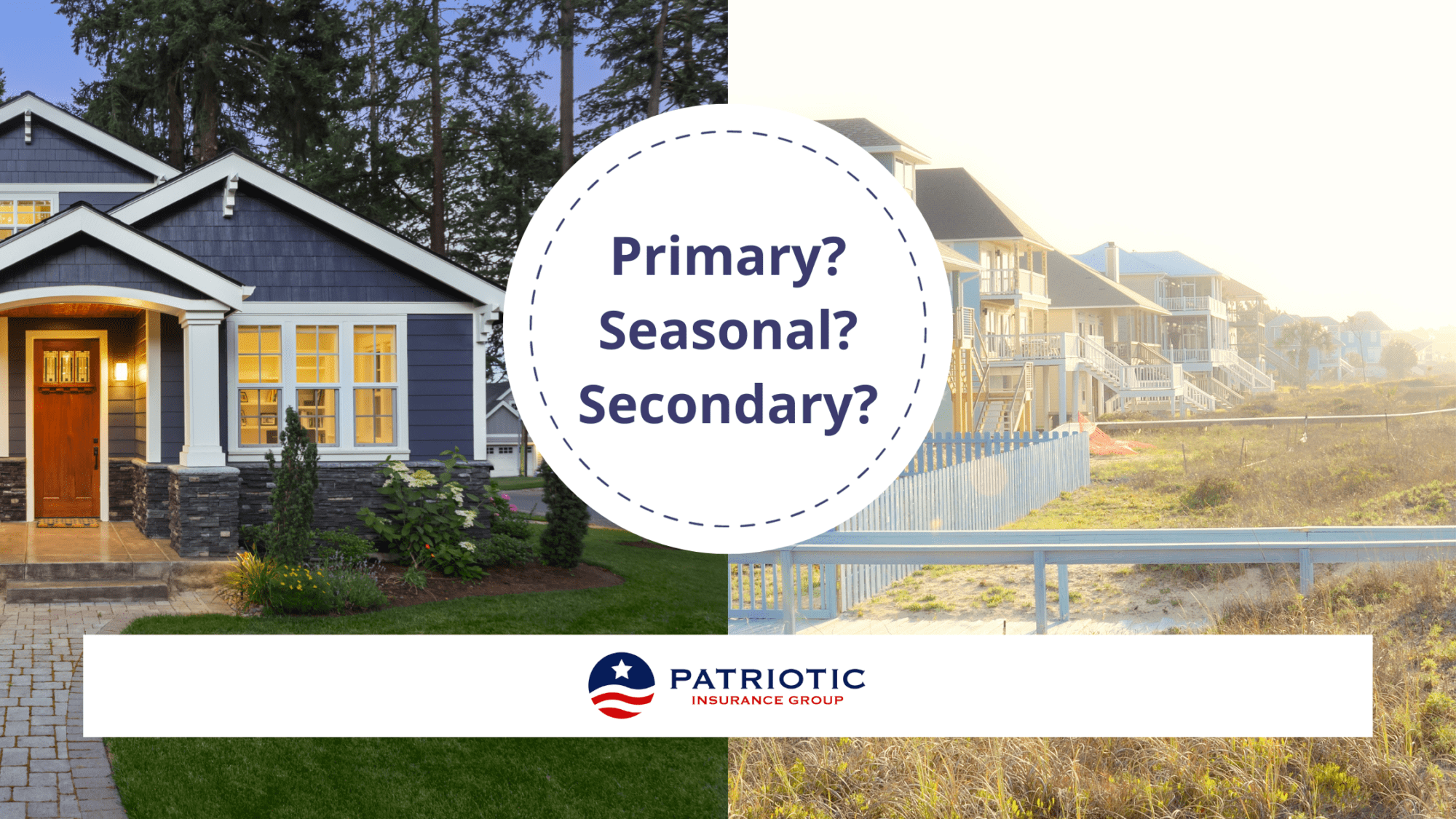
When it comes to owning multiple properties, it’s important to understand the different types of houses and how they are insured. Depending on the usage and location, properties can be classified as primary, secondary, or seasonal houses, each requiring different insurance coverage. In this blog post, we will delve into the differences between these types of houses and the unique insurance policies that apply to each.
Primary Home:
A primary house is the main residence where the homeowner lives for the majority of the year. It is often the largest investment for most individuals and is insured accordingly. Primary house insurance policies typically cover the structure, personal belongings, liability protection, and additional living expenses in case of damage or loss. The coverage is comprehensive and designed to protect against a wide range of risks, including fire, theft, vandalism, natural disasters, and personal liability.
Secondary Home:
A secondary house, also known as a vacation home or second home, is typically a property used by the homeowner for recreational purposes or as a getaway. It is not the primary residence but may still be occupied for extended periods, such as during holidays or weekends. Insurance coverage for secondary houses is similar to primary houses, but there may be some differences due to the property’s usage and occupancy patterns. Some insurance providers offer policies specifically tailored for secondary homes, considering factors like seasonal occupancy, rental income, and location.
Seasonal Home:
A seasonal house is a property that is only occupied during specific seasons or times of the year. Examples include beach houses, mountain cabins, or lakeside cottages. Seasonal houses are often left vacant for extended periods, making them more susceptible to risks like theft, vandalism, or damage from extreme weather conditions. Insurance for seasonal houses is typically more limited in coverage compared to primary or secondary homes. Policies may include coverage for the structure, liability protection, and some personal property, but may not extend to certain risks like freezing pipes or unoccupied property conditions. It is crucial for seasonal homeowners to carefully review and understand the policy exclusions and limitations.
Primary, secondary, and seasonal houses each have unique characteristics that necessitate different insurance coverage. While primary houses enjoy comprehensive coverage, secondary and seasonal houses may require specialized policies due to their occasional or seasonal occupancy. Understanding these differences and obtaining appropriate insurance coverage is essential to protect these valuable assets and ensure peace of mind for homeowners.
**It is important to note that insurance coverage for all types of houses is subject to various factors such as location, construction type, occupancy patterns, and individual insurance provider policies. It is recommended to consult with a licensed insurance agent or broker to determine the specific coverage needed for each property.**



